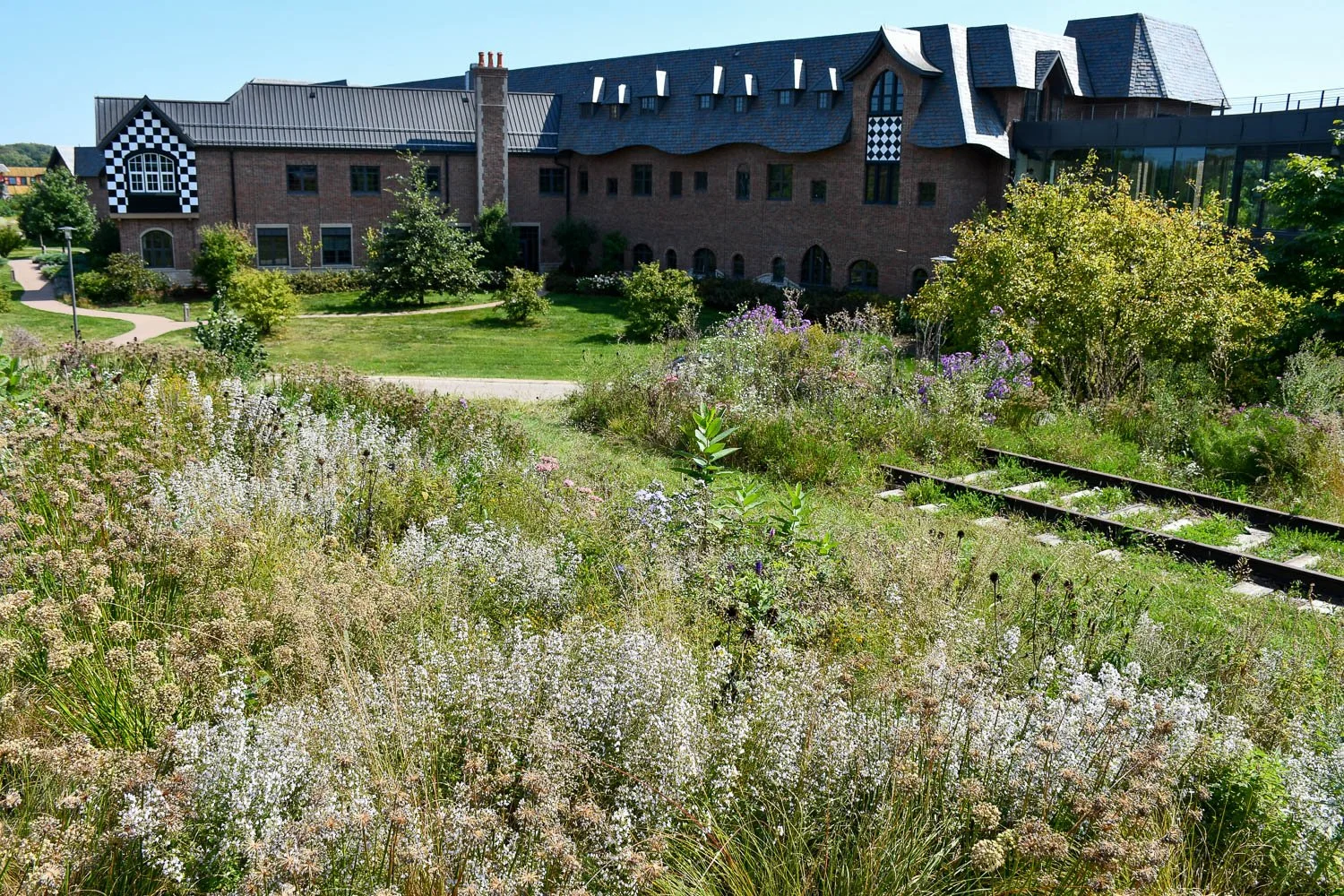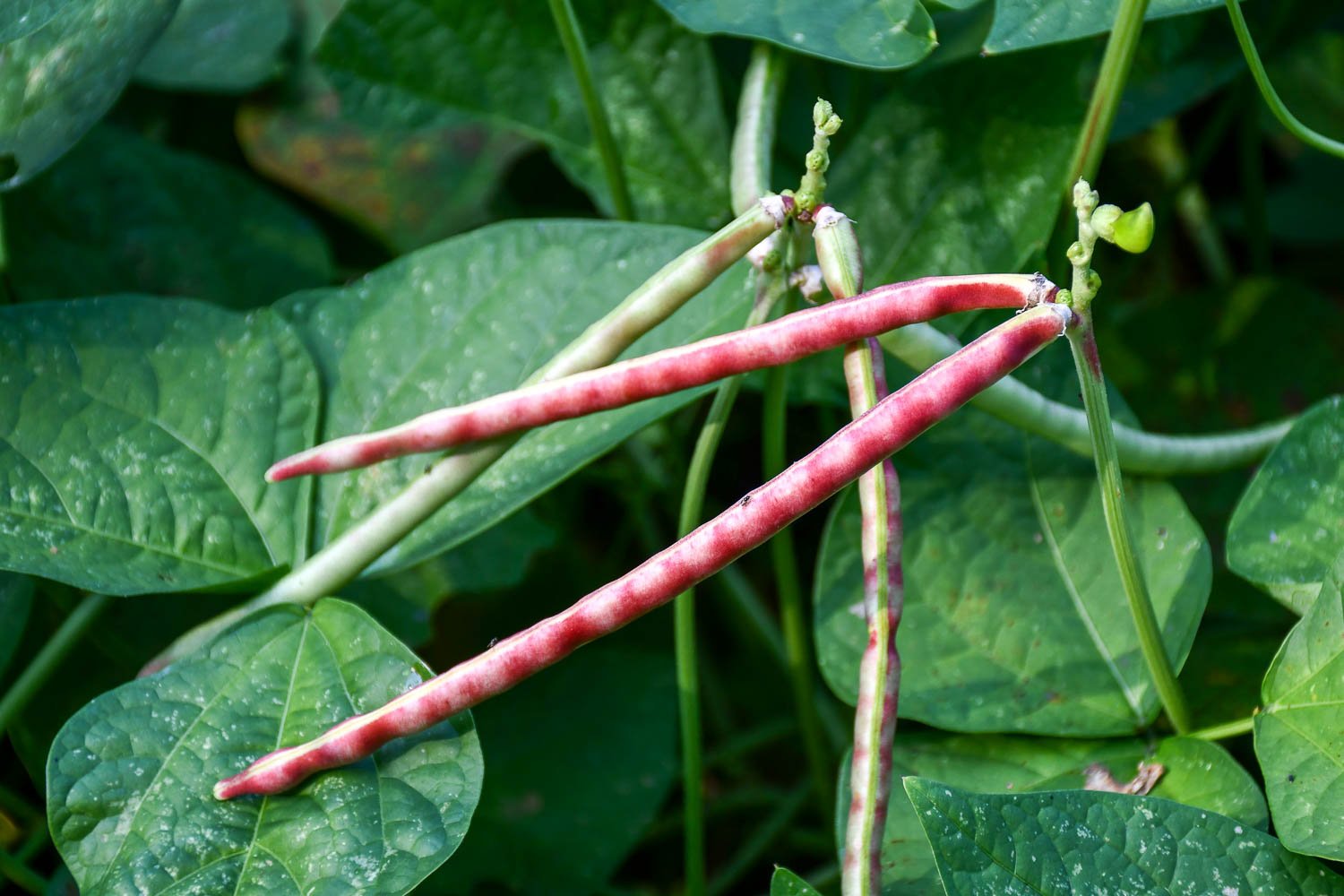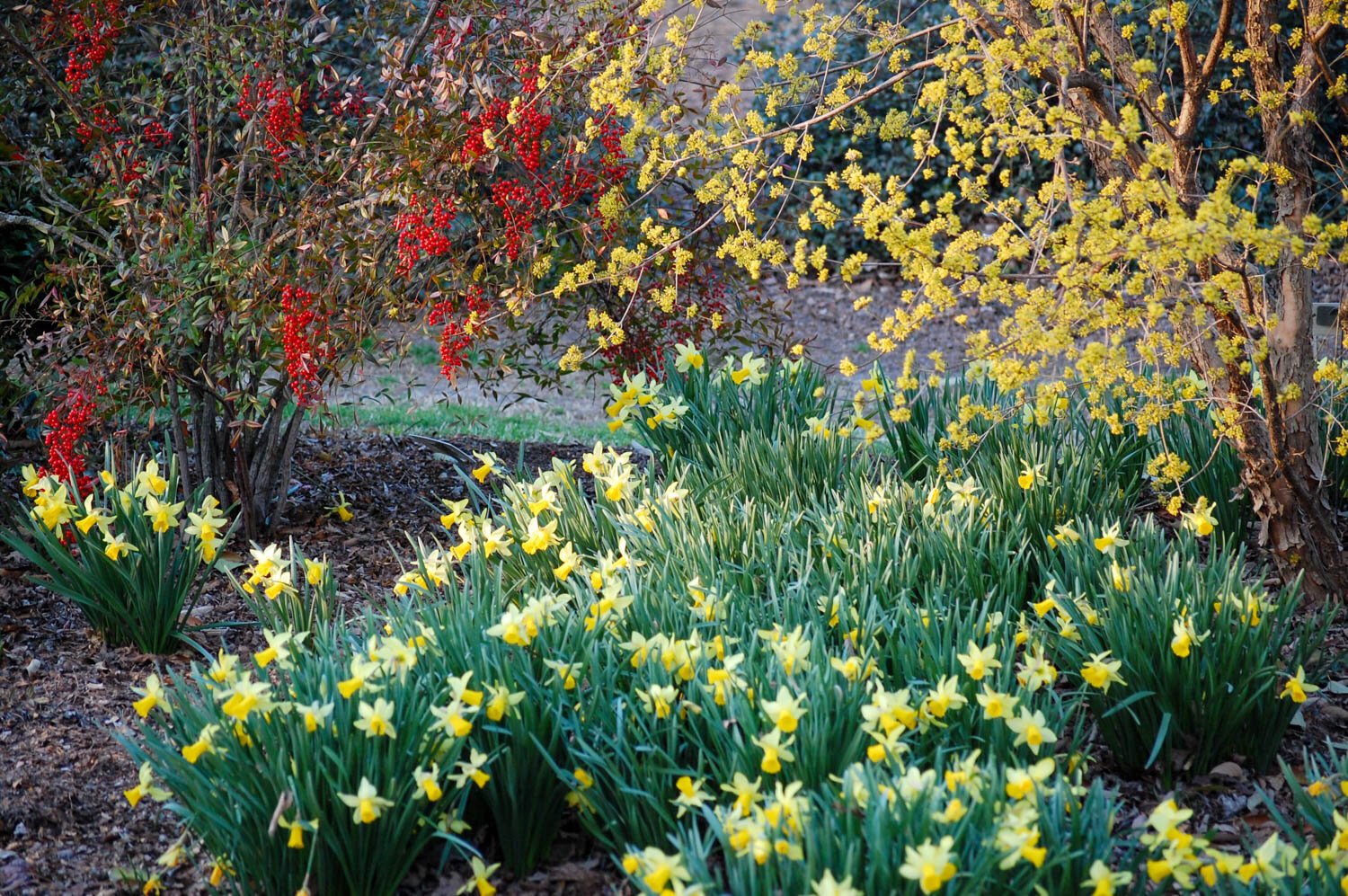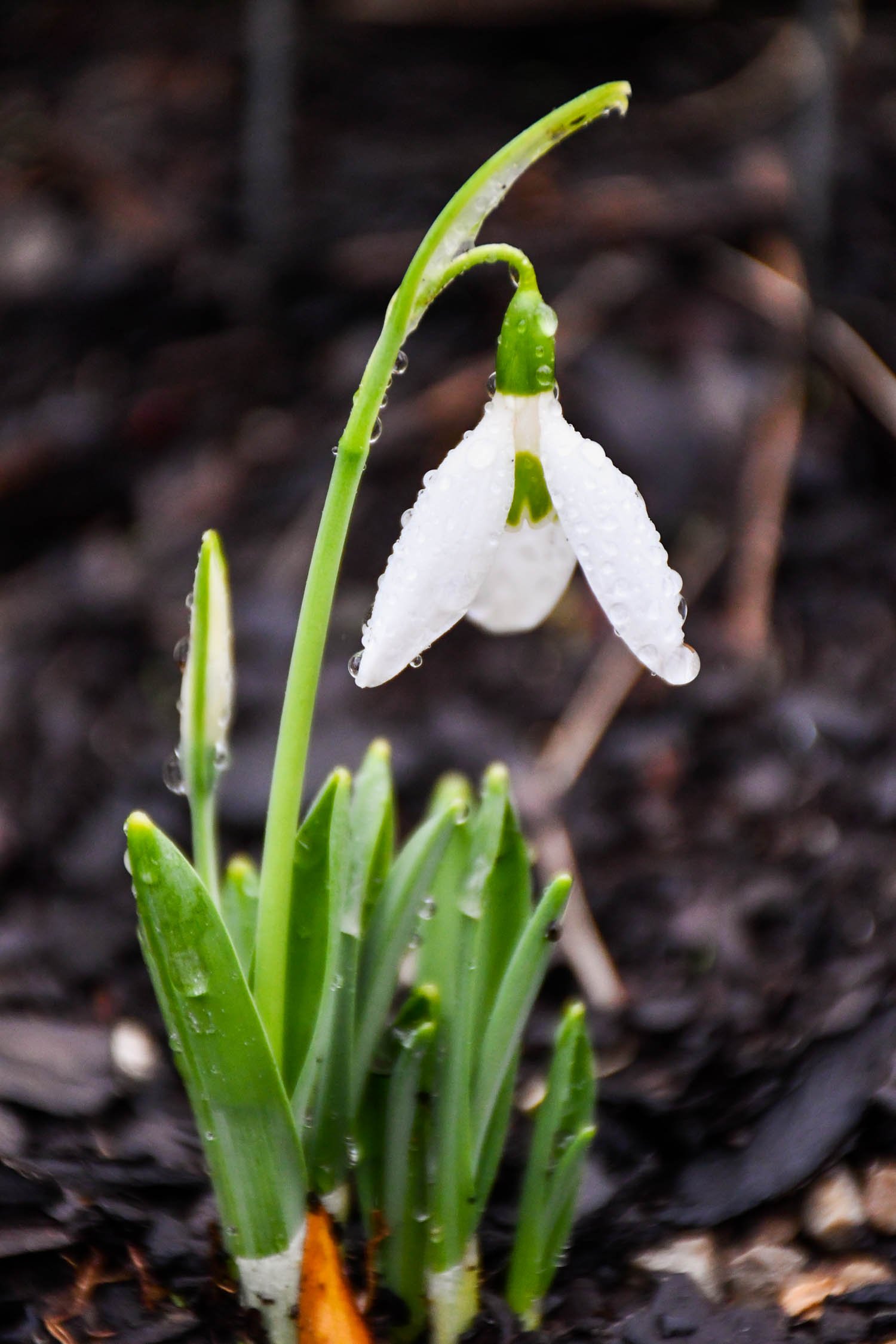I have never been so happy to see a plant flower. On Good Friday, the first blooms opened on an offspring of my Granny’s wisteria.
I have such fond memories of seeing it bloom on her front porch throughout my childhood. In talking to mom, she shared that the plant actually dated back to my great-grandmother Mary Lee Conley who loved growing plants. She lived in the house her husband and my great-granddad Eron Conley had built.
Mary Lee passed before I was born, but I knew my great-grandfather well. Mom called him Granddad, and so that’s what I called him, too. He was the one who let me work in his garden with him and the one that I credit with helping me discover gardening. We would sit on the front porch watching traffic pass right next to the wisteria in full glorious bloom.
In his later years, his daughter Jane Sanford, my Granny, lived in the house with him and stayed there after he passed. So, it became known as Granny’s wisteria.
But, this wisteria was no ordinary wisteria. It was our native Wisteria frutescens var. macrostachya (Kentucky wisteria). The thing that I can’t figure out is why in a world of invasive wisteria did Mary Lee plant this wonderful native? In fact, as a young gardener I heard wisteria was bad, and since I didn’t know how to key it out and figured it was more likely to be an invasive form, I had incorrectly assumed it was one of the Asian species.
Years later as an intern at The Scott Arboretum in 2008, I read through a book on wisteria at lunch and noticed that my Granny’s plant fit the description and pictures of our southern native. It had smooth pods, unlike our non-native forms that have pubescent pods. Also, the inflorescence size is longer than the more northern Wisteria frutescens var. frutescens. And just to be safe, I confirmed with some horticulture friends that it was in fact Kentucky wisteria with its sweet yet musky fragrance.
My suspicion is that there had to be a native one nearby in northwest Tennessee that either she or a friend had collected and grown. While there wasn’t much of a garden around the house, Mary Lee even had a patch of coralberries (Symphoricarpos orbiculatus) in the back yard that lived for years. So, she clearly had an eye for unique natives.
You may be wondering by now why I was so happy to see this plant bloom. The original plant died 16 years ago shortly after Granny passed away in 2009.
Fortunately, I had collected seed the year before. It was a ritual that she and I would do every few years. We would pick the pods, shell their hard seed, and put them in a medicine bottle. I had just forgotten that I had put them in my parents’ downstairs fridge.
During the holidays in 2021, I found the seed and tan pods in the bag with a note from my younger self. “DO NOT THROW AWAY! Wisteria from Granny’s 11 May 2008.” I figured now that we had a place to grow them it was time to try it in Texas.
But, were the seeds still viable? I sowed 18 seed in pots, and was delighted to find that six germinated. I planted them out here at Ephemera Farm, and two survived.
Then, it became a waiting game. Wisteria are notorious for taking a few years to flower from seed.
I gasped when I saw three flowering buds a few weeks back on the plant I’ve nurtured over the past few years. This native wisteria is so beautiful, and as I work on exploring our southeastern flora, I’m happy to have a native with such a rich family connection growing here.
I thought how fitting this Easter weekend to share this plant that died and has now resurrected from seed I saved many years ago. Smelling it takes me back to their house and the many memories from that place.
That’s the beauty of saving seed. It keeps the past alive so that we can share it with the future.
So learn from my story. Collect seed while you can. You never know when a plant might perish, and you need to bring it back for enjoyment. And the memories.




































































